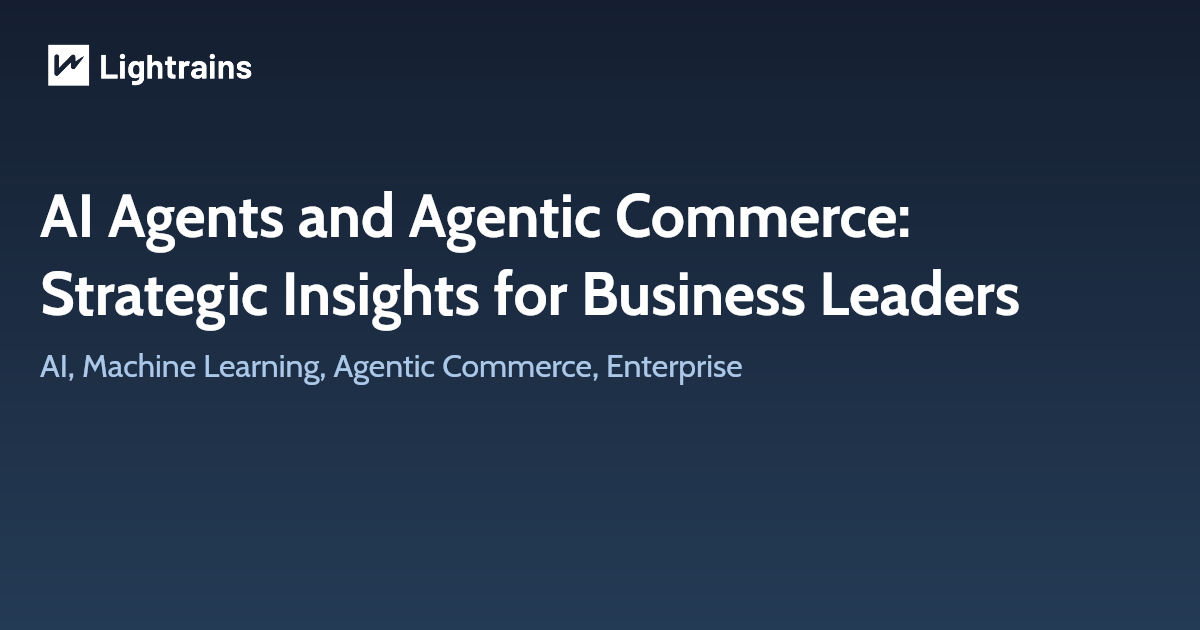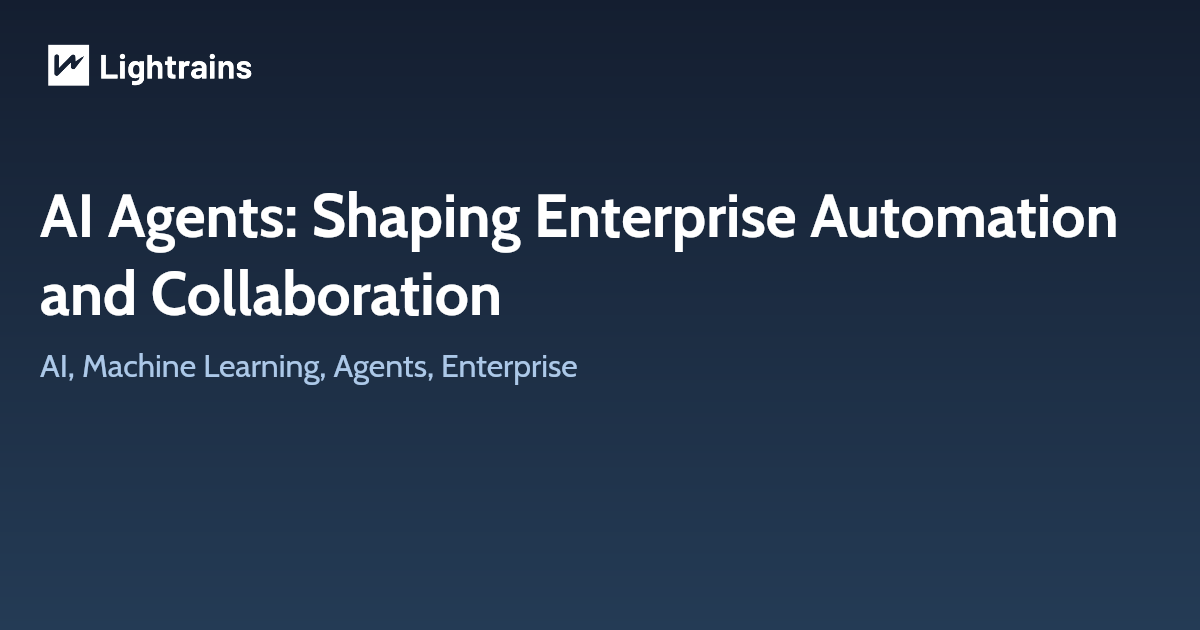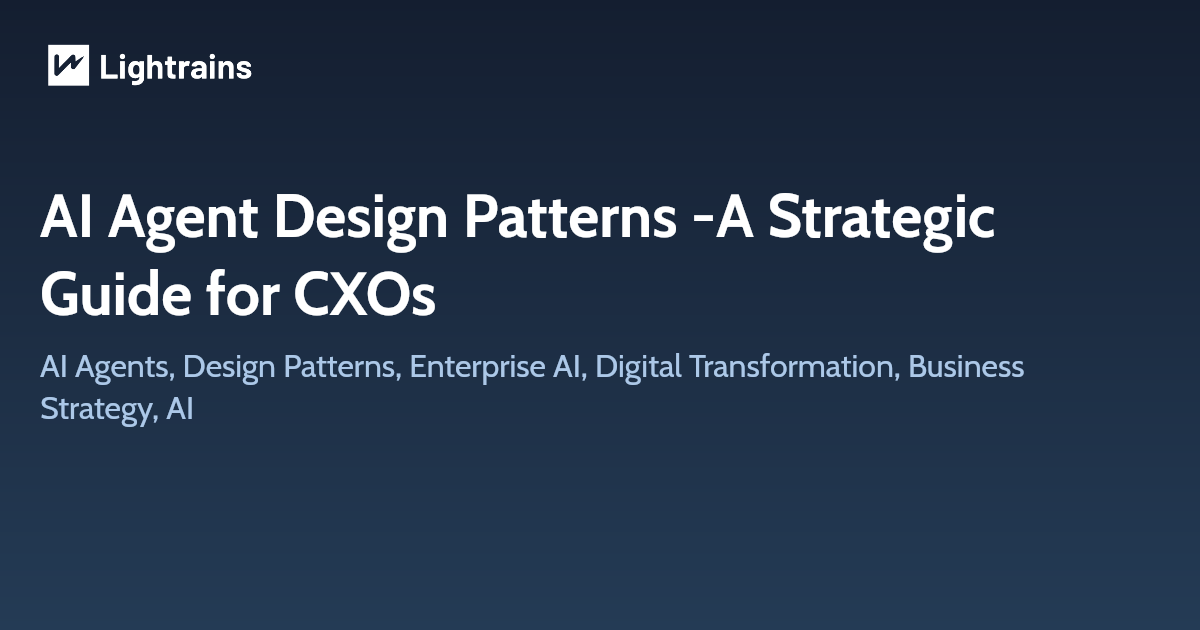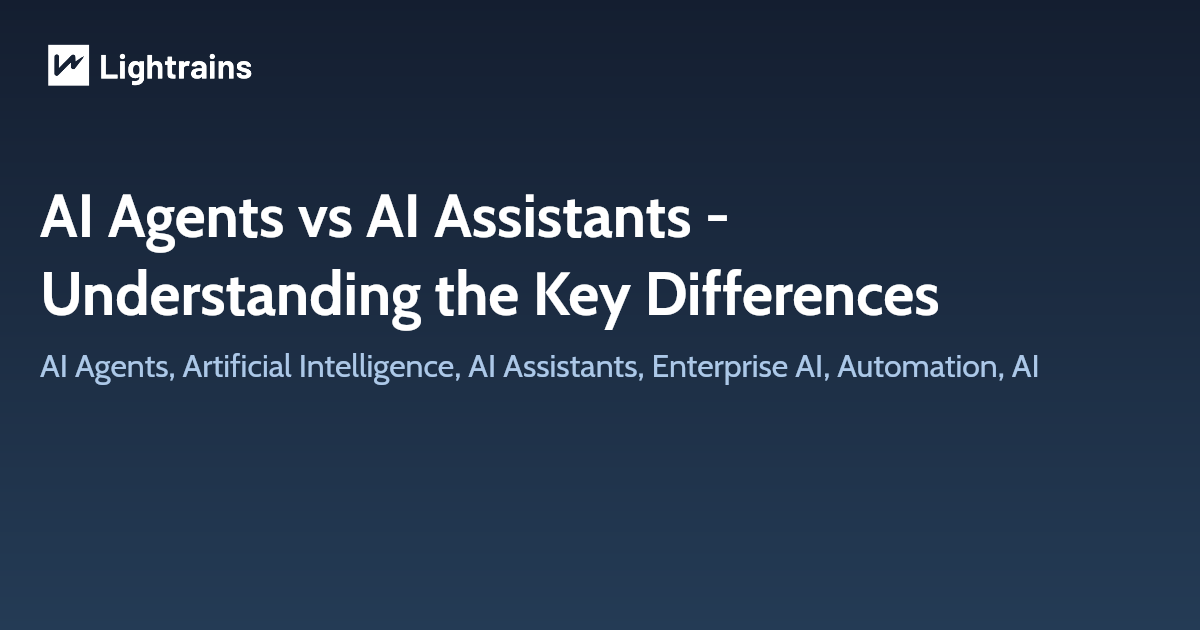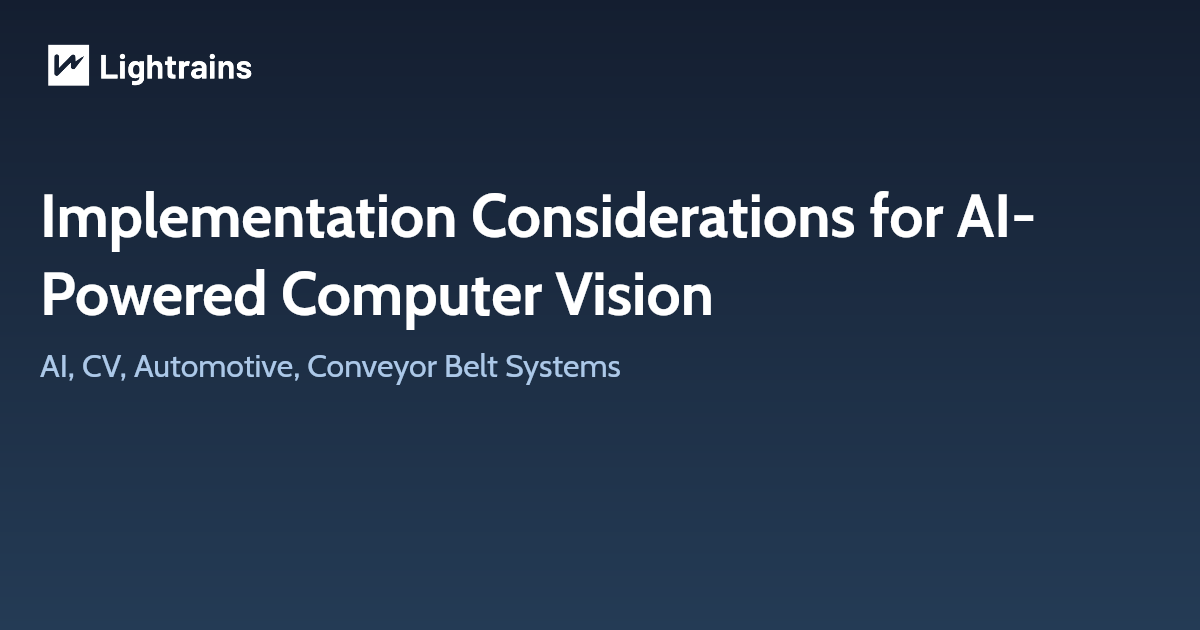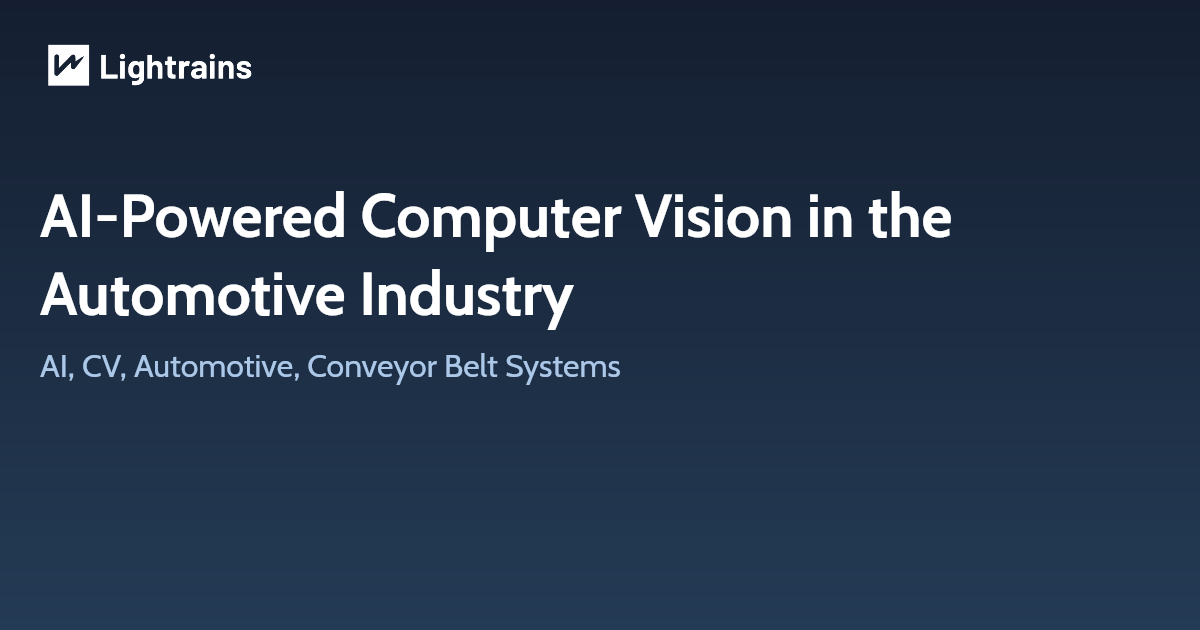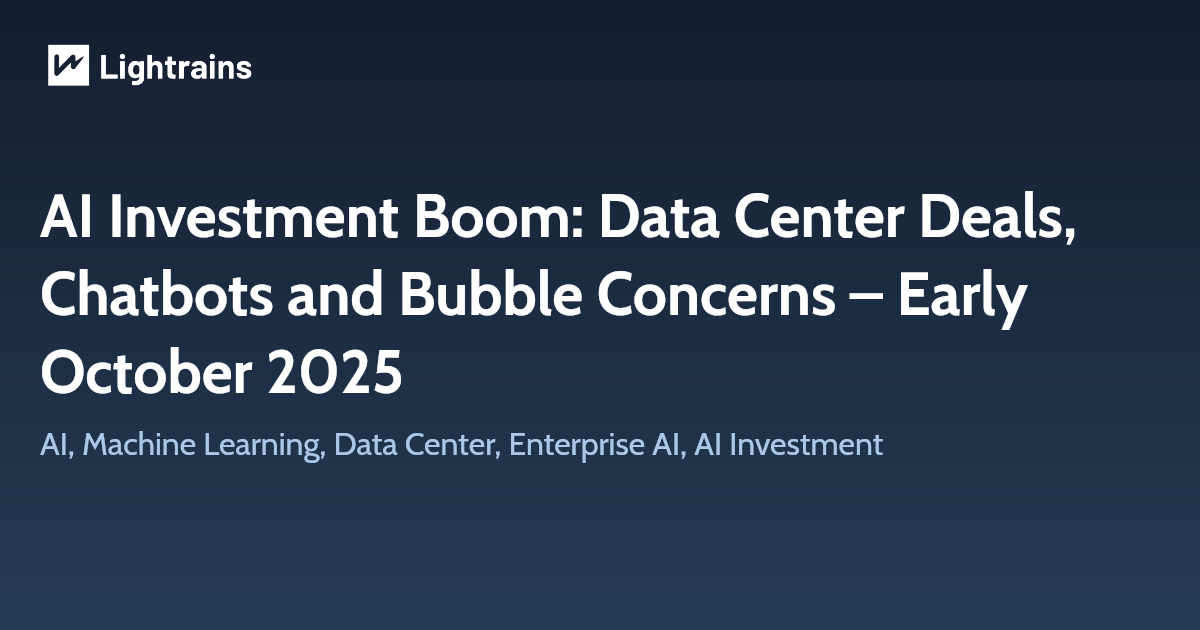
The race to secure computing power
AI developers and investors are locking in long‑term access to graphics‑processor clusters. On 15 October 2025 a consortium including BlackRock, Microsoft and Nvidia agreed to buy Aligned Data Centers for around $40 billion. The deal gives the group control of about 80 data centres with 5 gigawatts of current and planned capacity, making it one of the largest private data‑centre purchases on record [Reuters]. Analysts at Morgan Stanley predict that tech giants will spend roughly $400 billion on AI infrastructure this year, as companies like Alphabet, Amazon, Meta and CoreWeave race to secure chips and energy [Reuters]. OpenAI has already signed deals with Nvidia, AMD and Broadcom worth more than $1 trillion, giving it access to about 26 gigawatts of computing power—enough to serve 20 million U.S. homes [Reuters]. Meta is building multi‑gigawatt facilities called Prometheus and Hyperion to meet demand for its AI services [Reuters].
Such mega‑deals illustrate how computing power has become a strategic resource. Yet not everyone is convinced the spending spree will pay off. The International Monetary Fund’s chief economist told Reuters (via Al Jazeera) that the AI boom resembles a late‑1990s tech bubble but is less likely to threaten financial stability because investments are funded with cash, not leverage. He noted that AI investment has increased by less than 0.4 percent of U.S. GDP since 2022, compared with 1.2 percent during the dot‑com era, and that hundreds of billions of dollars are being poured into chips, data centres and other infrastructure before clear productivity gains emerge [Al Jazeera].
Generative chatbots transform customer support
Automation is reshaping the labour market in unexpected ways. In Bengaluru, Reuters visited LimeChat, a startup whose generative‑AI chatbots handle around 10 000 customer queries per month. Co‑founder Nikhil Gupta said the company’s bots enable clients to cut headcount by 80 percent in their call‑centre operations, with current systems resolving 70 percent of complaints and a target of 90 – 95 percent within a year [Reuters]. The global conversational‑AI market is growing about 24 percent annually and could reach $41 billion by 2030, according to consultancy Grand View Research [Reuters]. While routine call‑centre roles are disappearing, new jobs are emerging for AI engineers and supervisors; LimeChat says its tools have already automated around 5 000 jobs across India [Reuters].
Adoption and regulation: mixed signals
The 2025 AI Index from Stanford’s Institute for Human‑Centered AI offers a sobering measure of progress. It reports that the U.S. Food & Drug Administration has approved 223 AI‑enabled medical devices, autonomous vehicles are providing tens of thousands of rides per week, and 78 percent of companies used AI in 2024 [Campus Technology]. U.S. private investment in AI reached $109.1 billion in 2024, with generative‑AI ventures attracting nearly $34 billion [Campus Technology]. Governments are reacting: the United States introduced 59 new AI regulations last year, while China, Canada and Saudi Arabia pledged more than $149 billion combined to support domestic AI projects [Campus Technology].
At the same time, the IMF warns that productivity gains have yet to materialize and that an AI correction could change investor sentiment [Al Jazeera]. Business leaders should embrace AI, but they must balance enthusiasm with realistic expectations.
What this means for your business
For organisations, the message is clear:
- Securing compute capacity early can provide a competitive advantage as model sizes grow.
- Automating customer support with generative‑AI agents frees staff for higher‑value work but requires investment in training and oversight.
- Regulation and caution are growing alongside adoption, so compliance and responsible deployment should be part of every AI strategy.
At Lightrains we help you navigate this landscape. Our AI, ML & Computer Vision development services build intelligent agents, predictive models and custom solutions that drive efficiency and innovation. Contact us to explore how AI can transform your processes without overextending your resources.
This article originally appeared on lightrains.com
Leave a comment
To make a comment, please send an e-mail using the button below. Your e-mail address won't be shared and will be deleted from our records after the comment is published. If you don't want your real name to be credited alongside your comment, please specify the name you would like to use. If you would like your name to link to a specific URL, please share that as well. Thank you.
Comment via email